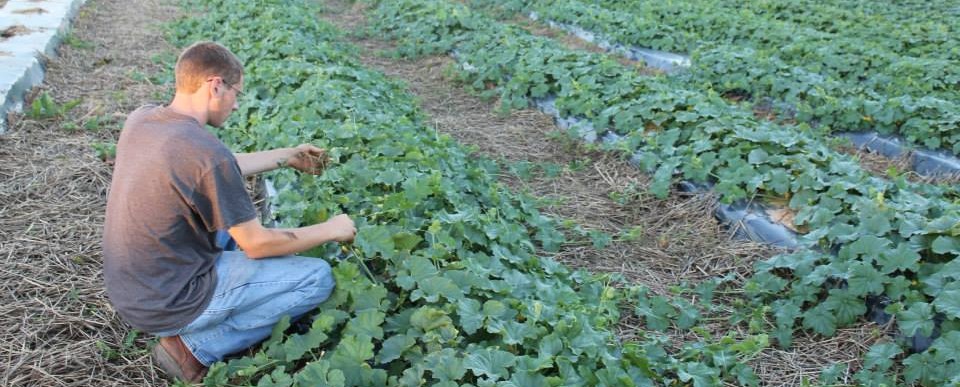Zip lining is one of my favorite alternative outdoor activities. For anyone unfamiliar with the term, “zip lining” is the process of holding on to a pulley that rides along a steel cable, often suspended between two trees. Over the course of setting up around 15 ziplines, I have had some interesting experiences with the activity to say the least.
For some reason or another, about 5 years ago my dad and I were inspired to put a small, 100’ zipline in our back yard. We set it up between two trees, with a relatively flat expanse of land in in between. You climbed a ladder on the one tree, grabbed on to the trolley, and then zipped down to the other end. This worked great, so long as the rider put their feet down before they hit the tree on the lower side. Needless to say we learned a lesson on zipline setup after a few people smacked into the tree(no injuries thank goodness). The prime geography for a zipline has a drop off at the upper end, and a gradual upwards slope on the finish. This looks much like a Nike swoosh. The reason this geography is so good is because the steep drop off creates a fast and thrilling start, and the gradual slope on the finish gives the rider plenty of time to put their feet down and slow safely. Often, the best way to get this geography is to set up over a ravine or body of water.
Surprisingly, you really don’t need too much of a drop in elevation to get a fast ride. In fact, if you drop more than say 10’ for every 100’ run, then the ride will probably be too fast to be safe. I have had the privilege of testing ziplines that go too fast, and too slow (too flat). Neither are fun because you either end up hitting whatever is at the bottom end, or conversely getting stranded in the middle.
After finding good location, you must find good anchor points for the steel cable. We have experimented with many different anchor points, from trees, to trucks, to excavation equipment to wooden posts. The critical thing to consider when choosing an anchor point is the fact that it will have to stay put despite the fact that it will have a lot of force pulling on it. The cable itself is tensioned, and there is additional tension from the weight of the rider. I really don’t advise using trucks, since the attachment points are so low. Heavy machinery is great because you can adjust the tension by driving it forward or backwards, and height can be adjusted by lifting the bucket up or down. Trees do a fine job as well (although hopefully they don’t move). One must consider the type of tree (pine is weak), the diameter, as well as the height of attachment. The higher the attachment point, the larger the diameter the tree needs to be (Because of torque). I would only use a tree less than one foot in diameter if you are tying onto the base
.

